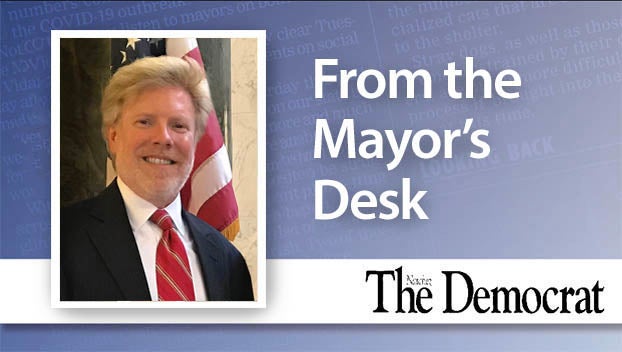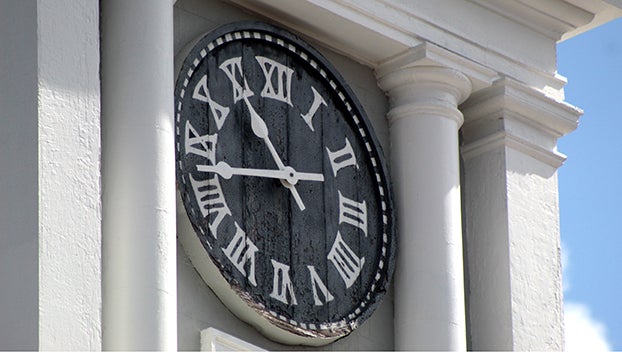Lessons from Wiemar: Part 2
Published 12:00 am Sunday, July 2, 2017
The failure of Germany’s Weimar Republic, which led to the Nazi dictatorship, was one of the pivotal moments in world history. But Weimar’s fall and the Nazis’ rise did not have to happen. There was an alternative, represented by the life and death, of one man — Gustav Stresemann.
When the Republic was founded in 1919, it was opposed by Germany’s upper classes, but also by many in the middle class, including Stresemann. He was a conservative — a pro-business, pro-military, anti-communist nationalist — and democracy, he thought, would undermine each of these positions. Almost immediately, though, he began to have second thoughts.
During these early crisis years for Weimar, extremist Nazis and Communists frequently fought in the streets, but assassinations of the Republic’s politicians by the radical Right also became all too common. Shockingly though, some establishment conservatives of the upper and middle classes gave an approving wink to the lawlessness, and openly biased judges, having become “blind in the right eye,” refused to hold the terrorists accountable.
Stresemann was no friend of the Republic, but he was appalled. The post-war Right may have shared his goals, but its vulgar and unprincipled methods fundamentally perverted those goals. Traditional conservativism had valued order, but this mutant spawn of conservatism bred unbridled disorder and contempt for simple ethics. The messiness of democracy’s frustrating give-and-take paled in comparison to such deadly threats to the fundamental rule of law.
Therefore, putting patriotism above self-interest, Stresemann endorsed Weimar, and coaxed much of the middle class into grudging compromise with the Center and the Left. It was not, he said, an affair of the heart, but of reason.
In 1923, he briefly served as Chancellor and worked with socialist President Friedrich Ebert to end Weimar’s bout of hyper-inflation. Then, in six years as Foreign Minister, he acted to ease the war reparations burden and to resolve border disputes with Germany’s old foe, France. During these “Golden Years of Weimar,” (aka, the Stresemann Era), it seemed that after the chaos of 1918-23, Germany was finally returning to stability. The great historian Peter Gay called him the Republic’s “indispensable man.” Frederick Taylor called him, “the one politician who, of all his peers, might have played a crucial role in holding German democracy together during the coming storm.”
“Might have.” Gustav Stresemann suffered a fatal stroke on October 3, 1929. He was 51. “The coming storm” began with the Wall Street Crash of Oct. 24, three weeks later. The resulting Great Depression provided the up-till-then politically insignificant Nazis with their opening, and by January 1933, Hitler was in power. Partly because, with Stresemann’s influence gone, much of the middle class had defected to the Nazis.
However, as we’ll see, even in January 1933 Hitler could have been denied power. There was no need for an assassin, just for someone to take up Stresemann’s honorable mantle. No one did. This able, courageous politician, maybe, could have made a decisive difference, except for a microscopic blood clot.
For our purpose of examining why democracies die (and so, how they can survive), the lesson here is plain — by valuing essential shared values above the partisan issues of the moment, by insisting on the evenhanded application of the rule of law, by making compromise possible by keeping extremists out of the mainstream, statesmen (and women) are essential to the health of republics….
Where have you gone, Gustav Stresemann? Our nation turns its lonely eyes to you.
But who were these extremists who would come to infest the German mainstream? What exactly was Nazism? That’s for next time.
Jim Wiggins is a retired Copiah-Lincoln Community College history instructor. He is writing a bi-weekly column about history.






